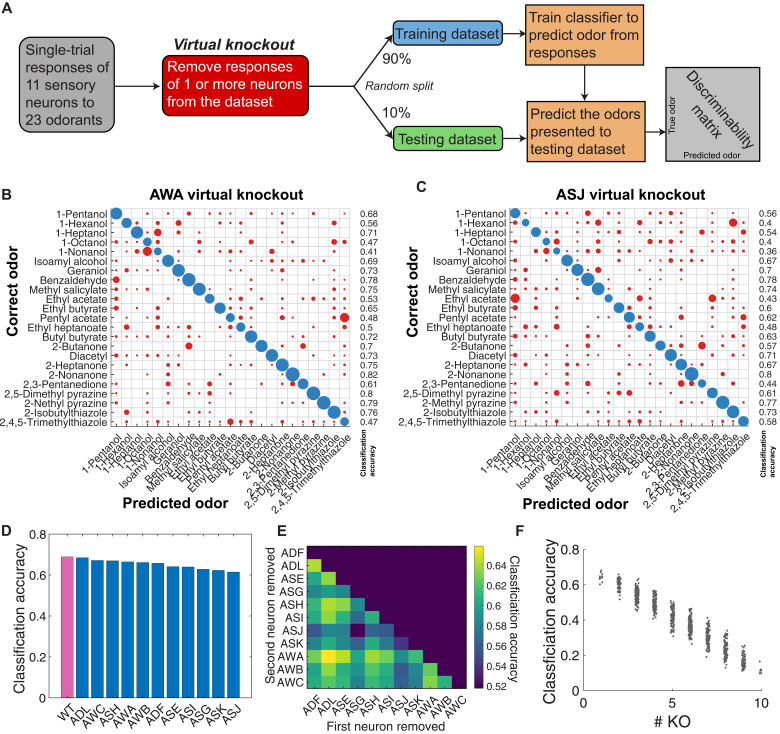Fig. 6. Odorant discriminability is robust to virtual knockouts.
(A) By removing the responses of one or more neurons from the dataset fed into the multiclass classifier, we assess the relative importance of different neurons to the theoretical discriminability of single-trial neural responses. Linear discriminability analysis of single-trial data, with (B) AWA or (C) ASJ virtually removed from the dataset. Removing different neurons changes the discriminability matrix in different ways. (D) We virtually removed each neuron from the dataset and computed the average classification accuracy for each virtual knockout (KO). Classification accuracy remains close to wild type (all 11 neurons) but is degraded more severely by removal of narrowly tuned neurons (ASI, ASK, ASJ, and ASG) than by removal of broadly tuned neurons. (E) Virtually removing pairs of neurons produces further reductions in average classification accuracy. (F) Plotting average classification accuracy of different sets of virtual knockouts reveals a linear relationship between theoretical classification accuracy and the number of chemosensory neurons.

